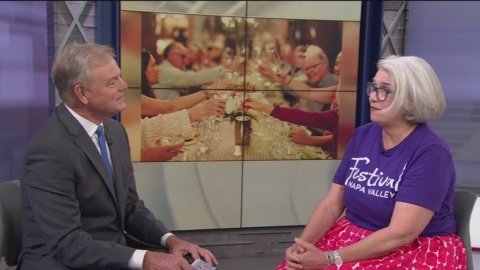
Photograph by delihayat/Getty Images
Music was my entree into the arts.
I was six years old when Elvis Presley’s jump blues version of “Your Cheatin’ Heart” came on the car radio one afternoon. I vividly remember leaning forward and turning up the volume because I’d never heard anything like that: the swinging bass by Bill Black, the blues-flavored guitar played by Scotty Moore. My mother and I were on our way to a Grant’s department store on a hot summer day, and once inside the air-conditioned coolness, I found a huge display rack for the new Elvis album. I raced over and saw that “Your Cheatin’ Heart” was the lead track. I might have refused to leave unless I left with a copy.
As was the case with many Elvis albums, there was a lot of dreck. But there were four blistering blues songs recorded early in his career that I listened to over and over. I can hear those songs today and still feel a taste of that excitement. I also can see how much they informed my musical tastes as an adult.
Art helps define who we are. And contrary to what a majority of the Georgia General Assembly seem to think, art matters. Georgia is dead last nationally in public arts funding, spending an embarrassingly meager 14 cents per person. Alabama spends $1.60 per person; South Carolina spends $1.79. We’re even behind Mississippi, which spends $4.45 per person.
I worked for 12 years at ArtsATL, a nonprofit that was in almost constant financial stress. It was not alone; most of the smaller arts organizations in the city are in a never-ending struggle to survive. Chambers of commerce across the state love to tout thriving local arts scenes to lure in tourists and new residents and new businesses. But when it comes to helping those artists thrive, Georgia has a failure of the imagination.
That is the paradox: The arts exist to fuel imagination. The arts stoke curiosity and creative thinking. They help us to better understand the world we’re living in. They open us up to other cultures and other ways of thinking. They bring us joy. They touch our hearts. They feed our souls. They make us better human beings.
Growing up in a small Georgia town, I had little exposure to visual arts, dance, or theater. The only art class I had in school was in the fifth grade. The teacher was well-intentioned, but she was a hair stylist by trade. She taught us to paint inside the lines and chided me when my brush strayed outside those boundaries. She also scolded me for using the wrong colors. By the end of the year, any interest I might have had in visual art was destroyed.
I was fortunate, however. I had another teacher who had a massive record collection and schooled me in music. He turned me on to Mozart and Brahms. Joan Baez and Bob Dylan. Mississippi John Hurt and Big Bill Broonzy. It was an education that expanded my universe, shaped my life, and inspired me to think about things in ways I had not before considered.
My first trip to Paris as an adult was transformational. In addition to stoking my culinary curiosity with all the exotic French food, I had the magical experience of standing before a Monet canvas. Stepping back from it, I could see the visual feast of colors in his painting. Walking up close, I could see the individual brush strokes and how meticulously he crafted his work. In recent years, I have also developed a deep appreciation for dance and theater. I have even come to enjoy opera.
From street art to fine art at the High Museum, Atlanta is home to a strong community of artists. They help define our city, they give it life and vibrancy. This month, we take a deep dive into that world and explore how the shift in leadership at the five major institutions has changed Atlanta’s arts landscape. The gremlin that constantly lurks in the background is that artists are doing great work in spite of, not because of, the kind of public financial support they deserve.
I don’t know much, but I do know that 14 cents doesn’t get you very far these days.
This article appears in our September 2024 issue.
Advertisement

